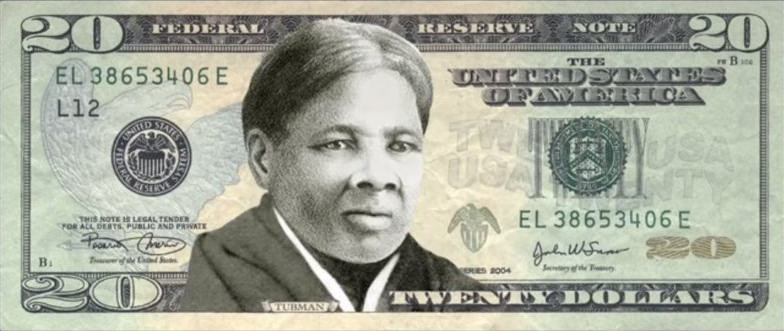Harriet Tubman and Andrew Jackson couldn’t be more polar opposites in American history. In the upcoming years, they will soon share something in common.
Tubman was an escaped slave who selflessly helped others escape slavery by way of the Underground Railroad. Jackson was the seventh president of the United States who went on to support legislation that called for the removal of Native Americans in the United States.
The commonality between the two is they will both share a place on the American $20 bill, with Tubman taking prominence.
On April 20, 2016, Treasury Secretary Jacob J. Lew announced the upcoming changes to the bill by confirming that not only would a woman become the new face of a popular denomination in United States, but a woman of color. Jackson will be on the reverse side of the bill adjacent to a picture of the White House.
This will mark the first time a woman has been on a piece of American currency since the 1800s when Martha Washington was on the silver dollar certificate.
Lew also confirmed that the $5 and $10 bills will receive a makeover over the next few years. While the prominence of Abraham Lincoln on the $5 bill and Alexander Hamilton on the $10 bill will not change, the back of the $5 bill will include images of First Lady Eleanor Roosevelt, civil rights leader Martin Luther King Jr. and opera singer Marian Anderson.
The back of the $10 bill will be redesigned to include images of Susan B. Anthony, Alice Paul, Sojourner Truth, Elizabeth Cady Stanton and Lucretia Mott, all women from the suffragette movement in American history.
The recognition of significant aspects of American history by way of representation on currency has sparked nationwide reaction.
North Central College’s gender and women’s studies coordinator, Dr. Suzanne Chod, looks at the change as a pivotal step for diversity in American culture.
“These choices will always draw critics,” Chod said. “Nonetheless, for those who say this is no more than political correctness, or somehow this is a quota situation, I wonder what the alternative is. Do we never make symbolic changes to show the growing diversity of our nation and to pay homage those who made a significant impact on the United States because doing so seems merely symbolic?”
Professor Gerald Gems, also a member of the gender and women’s studies program at North Central, commented on the new change by speaking of its efforts to be inclusive to women and women of color.
“It certainly is a symbol of greater diversity relative to both race and gender,” Gems said. “Progress in American race relations is often incremental, and this represents only one very small step. Much of politics is symbolic, and if it symbolizes a move toward greater equality, no matter how small, it is a move in the right direction.”
There is no word on when the Tubman $20 bill or the modified $5 and $10 bills will be put into circulation. Lew confirmed that the Bureau of Engraving and Printing will be working on the designs for the next several months. In the meantime, Chod states how much deeper this issue really runs in terms of female political representation.
“The issue of female political representation in American culture runs deeper than putting women on money, having one heading toward a major party nomination for the presidency, and having one as a running mate for a major party candidate,” Chod said.
“These political representations are important and impactful, but women still only comprise about 19 percent of Congress, and women of color comprise about 6 percent of Congress,” Chod said. “Moreover, the U.S. has only six female governors and women make up 24 percent of state legislatures. Female political representation is still low and is stagnant over the last few electoral cycles.”

